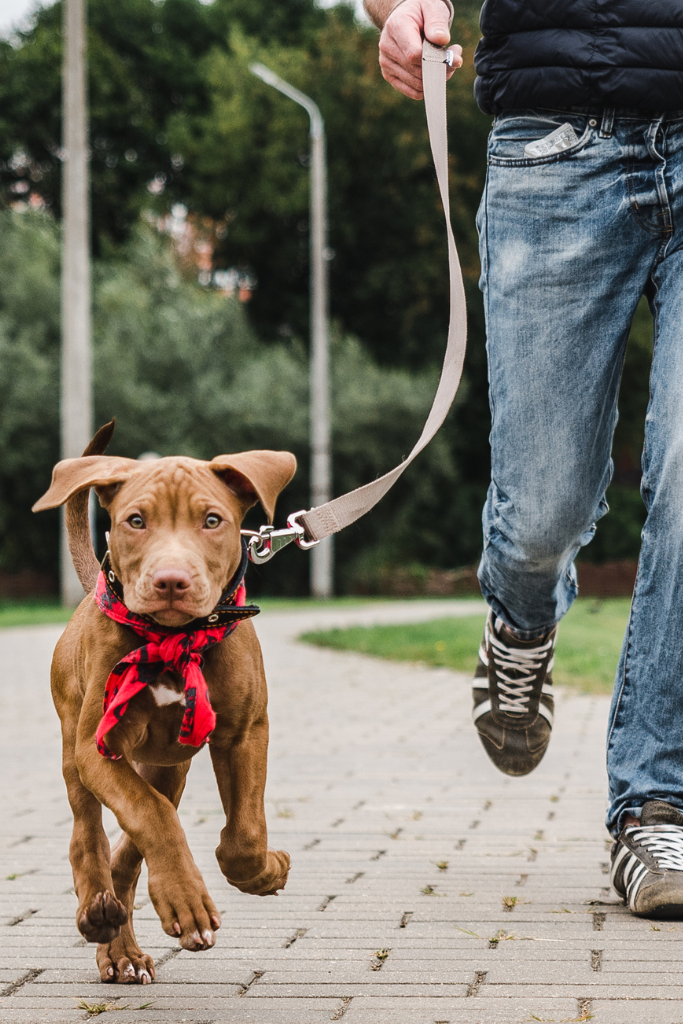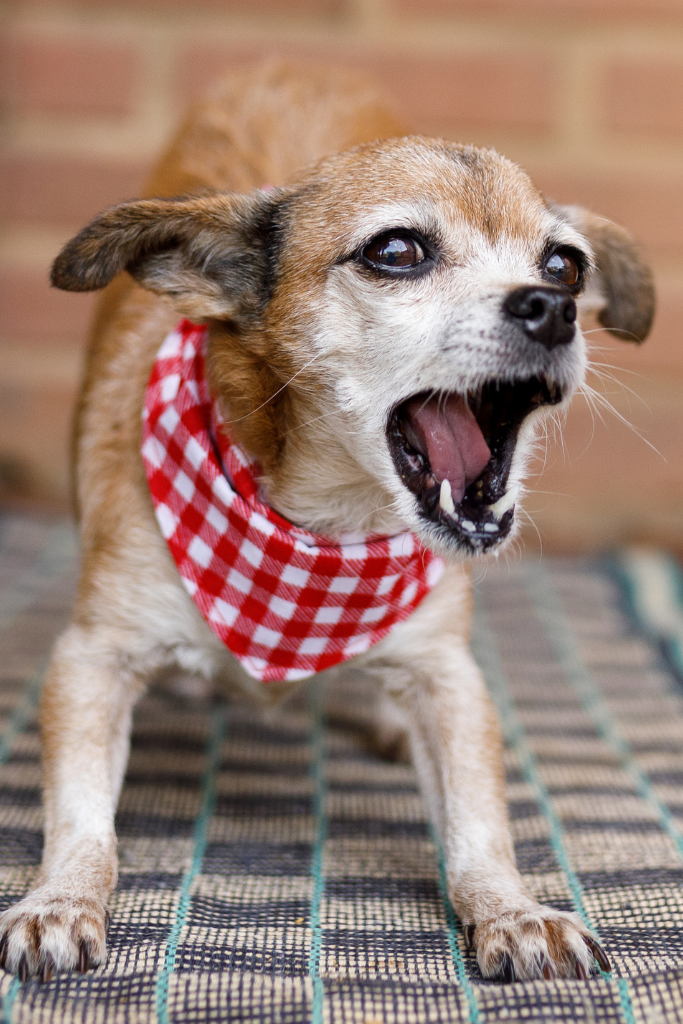…and how to deal with them
Owning a dog can be one of the most rewarding experiences, but it’s not without its challenges. there are many common issues that dog owners face, from separation anxiety to health issues. Dealing with these challenges can be overwhelming, especially for new dog owners. In this blog post, we’ll discuss some of the most common issues that dog owners face and provide tips on how to deal with them. Whether you’re struggling with separation anxiety or having difficulty finding pet-friendly accommodations, we’ve got you covered. So, let’s dive in and learn how to navigate these challenges and create a happy and healthy life for both you and your furry friend.


- Separation anxiety: Many dogs struggle with being away from their owners and may exhibit anxious behavior when left alone.
- Aggression: Dogs can become aggressive towards other dogs or people, making it challenging for their owners to socialize them.
- Barking: Some dogs bark excessively, which can disturb neighbors and make it difficult for their owners to focus on work or sleep.
- Chewing: Dogs love to chew on things, and if they don’t have access to appropriate chew toys, they may destroy furniture or other household items.
- House training: Potty training can be challenging for some dogs, and accidents can be frustrating for their owners to clean up.
- Walking on a leash: Some dogs pull or become easily distracted when on a leash, making it difficult for their owners to take them for walks.
- Health issues: Dogs can develop health problems, including allergies, arthritis, and dental issues, which can be expensive to treat.
- Grooming: Some dogs require frequent grooming, which can be time-consuming and expensive for their owners.
- Travel: Finding accommodations and transportation that allow dogs can be a challenge, making it difficult for dog owners to travel with their pets.
- Time commitment: Dogs require attention and exercise every day, which can be challenging for busy owners to fit into their schedules
10 solutions to each of the 10 problems that dog owners may face:
- Separation anxiety:
- Gradually acclimate your dog to being alone through short periods of separation and gradually increasing the duration.
- Provide your dog with a comfortable and familiar space when you are away, such as a crate or designated room.
- Leave your dog with engaging toys and treats that will keep them occupied and stimulated.
- Consider hiring a dog walker or pet sitter to check on your dog while you are away.
- Desensitize your dog to your departure cues, such as picking up keys or putting on shoes, by practicing them without actually leaving.
- Consider using calming aids, such as pheromone diffusers or anxiety vests, to help ease your dog’s anxiety.
- Increase exercise and mental stimulation before leaving your dog to help them feel more relaxed and tired.
- Play calming music or leave the TV on to provide background noise and comfort.
- Seek advice from a professional dog trainer or behaviorist for more specific guidance.
- Consider medication prescribed by your veterinarian if your dog’s anxiety is severe.
- Aggression:
- Socialize your dog from an early age by exposing them to different people, animals, and environments.
- Use positive reinforcement training methods to teach your dog appropriate behavior and to reinforce good behavior.
- Seek advice from a professional dog trainer or behaviorist for guidance on addressing aggression.
- Avoid situations that trigger your dog’s aggression until you have worked on training and behavior modification.
- Consider using a muzzle or other safety equipment to prevent bites while working on training.
- Avoid punishment or physical corrections, which can worsen aggression.
- Keep your dog on a leash in public and when around other dogs until their aggression is under control.
- Consider medication prescribed by your veterinarian if your dog’s aggression is severe.
- Supervise interactions with children and other vulnerable individuals.
- Provide your dog with a safe space where they can retreat and feel secure when feeling anxious or threatened.
- Barking:
- Identify the cause of the barking and address it, such as boredom, anxiety, or territorial behavior.
- Use positive reinforcement training to teach your dog a “quiet” command and reward them when they stop barking.
- Increase exercise and mental stimulation to help tire your dog out and reduce excess energy.
- Use a deterrent, such as a citronella collar or noise-emitting device, to interrupt barking.
- Consider using calming aids, such as pheromone diffusers or anxiety vests, to help ease your dog’s anxiety.
- Avoid rewarding your dog’s barking behavior with attention or treats.
- Seek advice from a professional dog trainer or behaviorist for more specific guidance.
- Provide your dog with a designated area where they are allowed to bark, such as a backyard or designated play area.
- Be patient and consistent with training, as it can take time to see results.
- Ensure that your dog’s basic needs, such as food, water, and exercise, are being met.
- Chewing:
- Provide your dog with appropriate chew toys and rotate them regularly to keep them engaged.
- Supervise your dog when they are chewing to ensure that they are not chewing on inappropriate items.
- Use positive reinforcement training to teach your dog what is appropriate to chew on.
- Provide your dog with mental stimulation, such as puzzle toys, to keep them engaged and distracted from chewing on furniture or other items.
- Use deterrents, such as bitter sprays or noise-emitting devices, to discourage your dog from chewing on inappropriate items.
- Ensure that your dog is getting enough exercise and mental stimulation, as boredom can lead to destructive chewing behavior.
- Crate train your dog to prevent them from chewing on items when you are not around to supervise.
- Block off access to areas where your dog is likely to chew on items, such as behind couches or in trash cans.
- If your dog is chewing due to anxiety or stress, address the underlying cause with behavior modification or medication prescribed by your veterinarian.
- Praise and reward your dog when they chew on appropriate items.
- Consider using a taste deterrent, such as a bitter apple spray, on inappropriate items.
- House training:
- Establish a consistent routine for feeding and taking your dog outside to go to the bathroom.
- Use positive reinforcement training to reward your dog when they go to the bathroom outside.
- Supervise your dog when they are inside to prevent accidents and provide opportunities for outside breaks.
- Use a crate or confined space when you are not able to supervise your dog to prevent accidents.
- Clean up accidents with an enzymatic cleaner to remove the scent and discourage your dog from returning to the same spot.
- Be patient and consistent with training, as house training can take time.
- Avoid punishing your dog for accidents, as this can make them anxious and more likely to have accidents.
- Gradually increase the amount of time between bathroom breaks as your dog becomes better trained.
- Consider using a bell or other signal to teach your dog to indicate when they need to go outside.
- Seek advice from a professional dog trainer or behaviorist for more specific guidance.
- Walking on a leash:
- Use positive reinforcement training to teach your dog to walk calmly on a leash and reward good behavior.
- Use a comfortable and appropriate harness or collar for your dog to prevent choking or injury.
- Gradually increase the duration and distance of walks as your dog becomes better trained.
- Provide your dog with mental stimulation and exercise before walks to reduce excess energy.
- Avoid pulling or yanking on the leash, as this can make your dog more resistant to walking on a leash.
- Use treats or toys to keep your dog engaged and focused while walking.
- Consider using a no-pull harness or head halter to help control pulling behavior.
- Avoid walking in areas that are too distracting or overwhelming for your dog until they are better trained.
- Seek advice from a professional dog trainer or behaviorist for more specific guidance.
- Be patient and consistent with training, as walking on a leash can take time to master.
- Health issues:
- Schedule regular veterinary check-ups to catch health problems early and prevent them from becoming more serious.
- Keep your dog up-to-date on vaccinations and preventative medications, such as flea and tick prevention.
- Provide your dog with a healthy diet and appropriate exercise to maintain overall health.
- Monitor your dog for any changes in behavior or health and seek veterinary attention promptly if necessary.
- Consider pet insurance to help offset the cost of veterinary care.
- Address any dental issues promptly to prevent more serious health problems from developing.
- Consider alternative therapies, such as acupuncture or physical therapy, to supplement traditional veterinary care.
- Be aware of breed-specific health issues and take steps to prevent or manage them.
- Provide your dog with a safe and comfortable environment that promotes good health.
- Seek advice from your veterinarian for more specific guidance on managing your dog’s health.
- Grooming:
- Establish a consistent grooming routine for your dog, including brushing, bathing, and nail trimming.
- Use appropriate grooming tools and techniques to avoid causing discomfort or injury to your dog.
- Reward your dog for good behavior during grooming sessions.
- Gradually acclimate your dog to grooming sessions to reduce anxiety and stress.
- Consider professional grooming services if you are not comfortable or experienced with grooming your dog.
- Provide your dog with a comfortable and appropriate space for grooming sessions.
- Use positive reinforcement training to teach your dog to cooperate during grooming sessions.
- Monitor your dog for any changes in skin or coat condition and seek veterinary attention if necessary.
- Use a high-quality, breed-appropriate shampoo and conditioner for your dog’s coat type.
- Consider using a deshedding tool to help manage shedding and prevent matting.
- Separation anxiety:
- Gradually acclimate your dog to being alone by leaving for short periods of time and gradually increasing the duration.
- Provide your dog with a comfortable and safe space to be alone, such as a crate or designated area.
- Leave your dog with toys or puzzle feeders to keep them occupied while you are away.
- Use positive reinforcement training to reward your dog for calm behavior while alone.
- Avoid making a big fuss when leaving or returning, as this can increase anxiety.
- Consider using pheromone sprays or diffusers to promote calmness and relaxation.
- Address any underlying anxiety or stress with behavior modification or medication prescribed by your veterinarian.
- Provide your dog with plenty of exercise and mental stimulation to reduce anxiety and prevent destructive behavior.
- Seek advice from a professional dog trainer or behaviorist for more specific guidance.
- Be patient and consistent with training, as separation anxiety can take time to overcome.
- Barking:
- Address any underlying anxiety or stress with behavior modification or medication prescribed by your veterinarian.
- Use positive reinforcement training to teach your dog to bark on command and to be quiet on command.
- Avoid reinforcing barking behavior by giving your dog attention or treats when they bark.
- Use distractions, such as toys or treats, to redirect your dog’s attention when they begin barking.
- Provide your dog with plenty of exercise and mental stimulation to reduce boredom and prevent excessive barking.
- Use a no-bark collar or device as a last resort, and only under the guidance of a professional dog trainer or behaviorist.
- Address any underlying medical issues that may be causing excessive barking.
- Avoid punishing your dog for barking, as this can increase anxiety and make the behavior worse.
- Seek advice from a professional dog trainer or behaviorist for more specific guidance.
- Be patient and consistent with training, as addressing barking behavior can take time.
Owning a dog can be a wonderful and rewarding experience, but it’s important to acknowledge and address the challenges that come with it. From training and grooming to health issues and travel, there are many common issues that dog owners face. By understanding these challenges and implementing strategies to deal with them, you can provide your furry friend with the best possible care and create a happy and healthy life for both you and your dog. Remember, every dog and owner is unique, so it’s important to tailor your approach to your individual circumstances. With patience, perseverance, and love, you can overcome these challenges and enjoy the many joys of dog ownership.
…and I wouldn’t have it any other way. Issues and all🥰






